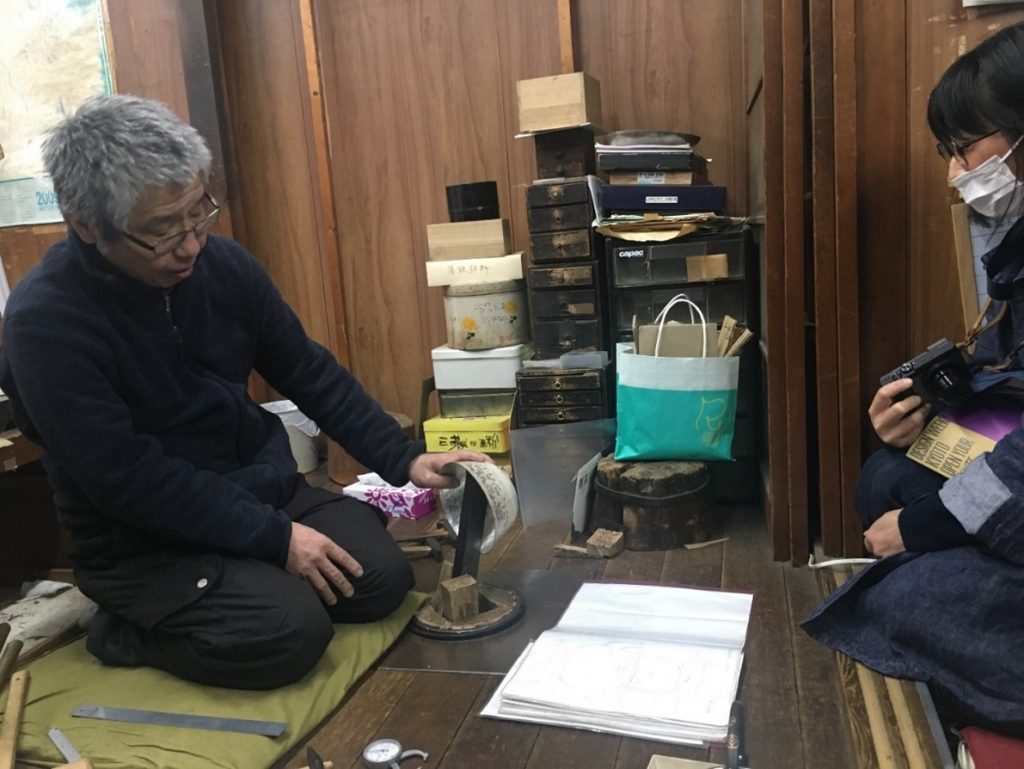
- ARAB NEWS
- 01 Jul 2025

Nader Sammouri
OSAKA: The future keeps promising technologies like mixed reality and blockchain. With that around the corner, one may wonder: Is there any place left for artisans in the world?
There is. And the keyword is ‘fusion’. Not just of letters like the title suggests, but in big concepts. The future is full of possibilities, and with fusion, new creative reactions can occur.
“Crafts are founded on live experiences like handmade materials and human relationships. I think technology will support it, not overwhelm it, and may innovate a new relationship style between craftspeople and its users,” CEO of COS KYOTO Isao Kitabayashi said.
Kitabayashi is a cultural business coordinator, whose mission is to build an autonomous and sustainable society through the globalization of Japan’s ‘cultural business’ and connect it to the future.
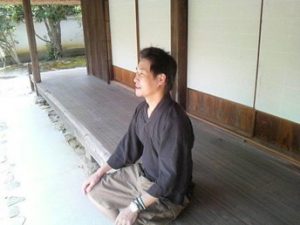
Kitabayashi is also the founder of DESIGN WEEK KYOTO. Its motto, “OPEN YOUR SIghTE”, merges the words site, the actual physical place, with sight, which may refer to the mind, or mental constructs.
DESIGN WEEK KYOTO is an open house event where up to 50 manufacturing sites in Kyoto open their doors to the public. Manufacturers and creative studios are thus disseminated, and anyone can gain access to the swordsmith who molds Katanas, the Urushi maker who marks lacquerware, and the carpenter who builds and renovates temples, among many others. It opens the mind to creative possibilities. Novel connections and collaborations are born.
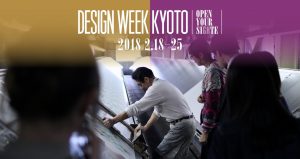
Kitabayashi thinks that the ‘DESIGN’ that we think about is ‘DE + SIGN’. The visible element, or ‘SIGN’, can be re-established from different vantage points if ‘DE’ is applied by Decoupling our sight and conceptions from the signs that we usually see to reconsider the essence and lead to the creation of new things. DESIGN WEEK KYOTO was born from that philosophy as an event that encourages a reconsideration of what could be made possible.
“My dream is to make the world more sustainable and comfortable. I believe that the local culture that is cultivated in local nature is the key to realizing that, so I focus on introducing Japanese culture to the world and plan interactive international events,” Kitabayashi said.
In a way, Kitabayashi aims to redesign Kyoto’s image, not just as the well-known cultural jewel that it is known for, but also as a creative city.
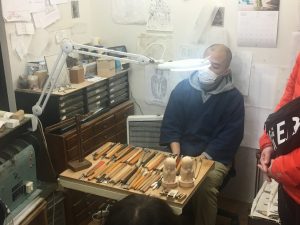
Kitabayashi said he believes that Kyoto has inordinate potential to become a creative and diverse city. That faith gave him the drive to establish DESIGN WEEK KYOTO.
“Kyoto is full of craftspeople, factories, designers, artists, engineers, labs, and universities. Unfortunately, an invisible wall exists among them. Those people don’t get the chance to meet each other that often. My hope is for them to interact freely with each other,” he said.
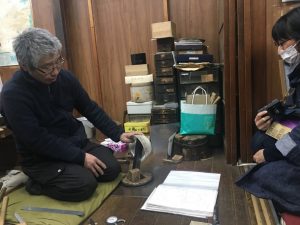
Kyoto, throughout its deep rich history, has cultivated a wide variety of manufacturing and artistic abilities. Its craftsmen have worked hard to develop their skills and sensibilities with utmost dedication and integrity. The creational traditions have been passed down to this present day, and the factory sites and studios are full of resources that can ‘open the sighte’. However, these sites are rarely open to the public, and it is not easy to directly interact with the leading craftsmen.
Kitabayashi tries to break the invisible walls that set a limit for innovation.
“Beyond the invisible walls, many creative craftsmen have started to interact with each other and visit each other’s factories, attempting to collaborate,” Kitabayashi explained.
DESIGN WEEK KYOTO is a unique opportunity for those interested to dive into the wisdom of craftsmanship.
One may raise a question that is: Is craftsmanship combatting with capitalism?
“The present world is founded on capitalism, and I am not sure whether that is the best system or not. Too much capitalism is not good. There is a Japanese proverb that says ‘More than enough is too much’ (過ぎたるは及ばざるが如し). It’s important to redesign or update a capitalism 2.0 so that it suits people’s lives and makes it more comfortable,” Kitabayashi said.
In the end, people need to assess change and its effects on their happiness. The fusion of cultures can harvest unusual creations that shape new forms of life.
Noha Raheem, for instance, innovated a new fusion, and merged Arabic calligraphy with the style of Kanji scripts and gave birth to a beauty that captures two worlds.
The MENA region is packed with a culture that has the potential to be repackaged. There are legacies in many arts and crafts, including weaving and woodworking. Fusion can manifest as a way to channel these arts and update them with the times so that incoming generations can accept and embrace them.
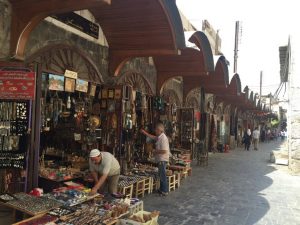
Heritage can merge with technology to adapt to the times. Amrita Sethi is a Dubai-based artist who innovatively created voice note art, which captures the sound and merges it with art that reflects what has been said in its corresponding voice note. She then used Blockchain technology to leverage it. She is now the first artist in the emirates to sell her artwork as an NFT (Non-fungible token), and for a lucrative price.
“I am focused on exporting Japanese culture, but I am also fascinated by other cultures, including the cultures in the MENA region, and I’d like to learn more about its history,” Kitabayashi said and went on to conclude that: “It’s important to interact internationally to make the world more sustainable and comfortable. Partnerships are key, and for that, trust is essential. I hope I can establish good relationships that convey the needed trust with people in the MENA region so that we can organize interactive cultural events together,” Kitabayashi concluded.